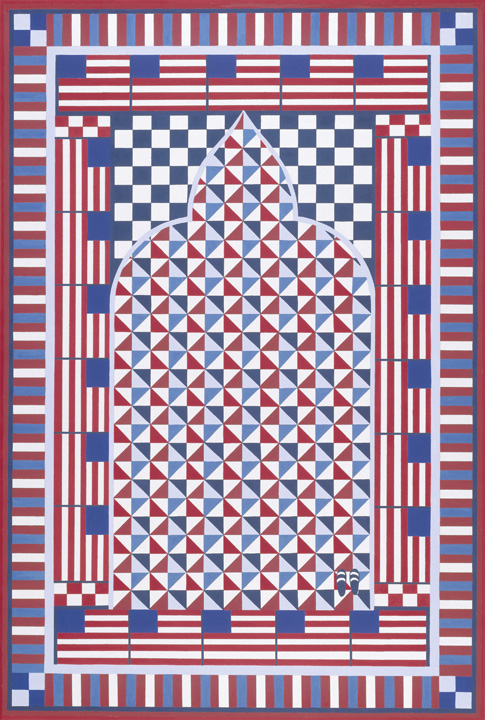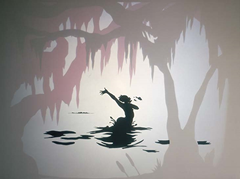| 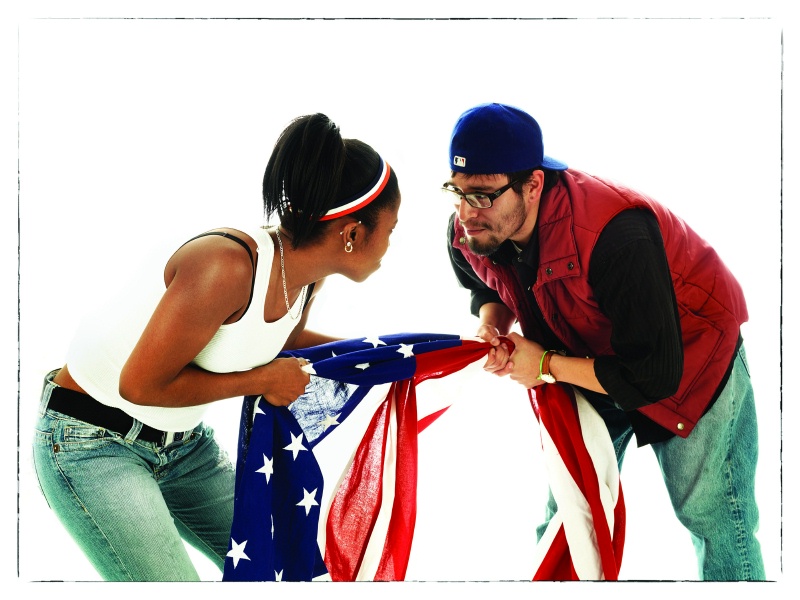
TeKeyia and David by Sheila Pree Bright, 2007
Born
in Waycross, GA, Bright was an Army brat who spent her childhood
in Germany and criss-crossing the U.S. with her parents and three
siblings. She picked up photography during her senior year of
textile design at the University of Missouri. Nationally known
for her photographic series, Young Americans (2007),
Plastic Bodies (2003) and Suburbia (2006), her
work consistently and subtly challenges stereotypes. Shortly after
earning her M.F.A. in Photography from Georgia State University,
she received the Center Prize from the Santa Fe Center of Photography
for Suburbia. The series takes aim at the American media’s
projection of the “typical” African American community.
Brights color photographs of middle class, Atlanta homes depict
a realistic view of everyday Black life in the suburbs. She was
the first woman and person of color to win the award.
Last
year, Plastic Bodies went viral on Huffington Post.
Bright said she took the cultural icon of the Barbie doll to challenge
the notions of beauty standards and highlight their impact on
a young girl’s psyche. In this series, models and dolls
were digitally manipulated into striking images that are half-human
and half-plastic. Featured in the documentary, “Through
the Lens Darkly,” Plastic Bodies is also in the
traveling group show, Posing Beauty in
African American Culture.
Bright’s
mural, Fifteen, is an homage to the 1814 flag. Comprised
of 15 high contrast photographs, the participants are rendered
in black and white, while the flag is depicted in bold color.
On display in the museum gallery, Fifteen, also has a
public art component with companion murals at both schools.
An
unprecedented exhibition
A
diversity of voices, young and old alike, spanning pride and protest,
fill the massive 3,200 square foot space in For Whom It Stands.
With works by major artists like Romare
Bearden, Faith Ringgold, Kerry James
Marshall and Gordon Parks, it also features lesser-known artists.
The Veteran is a mixed media work on skateboard by Rafael
Colón, a self-taught Puerto Rican artist. A Tribute to
New York City, sculpted by Israeli-American Dalya Luttwak sits
in the same show as Prayer Rug for America, by the Arab American,
Helen Zughaib. Other pieces include a photograph of the Navajo
code talkers who communicated the message to soldiers to raise
the U.S. flag at the Battle of Iwo Jima, and a mixed media work
by Chinese-American Flo Oy Wong about the detention of Chinese
immigrants at Angel Island.
There’s
a Library of Congress photograph of a young African American woman
taken in 1942. She is carefully handling flags in a quartermaster
corps depot. Again, she is unidentified; her name unknown. The
photograph challenges notions of commonly held beliefs of what
patriotism looks like. “We want to expand the historical
narrative about whom the flag represents and share the contemporary
contexts of its lived meanings,” said Dr. Michelle Joan
Wilkinson, project curator and flag art scholar. “…For
Whom It Stands aims to present diverse stories of the flag
with a wide-angle perspective in which we all can see ourselves
reflected in the national fabric.”
** Updated and reposted in 2018.
|

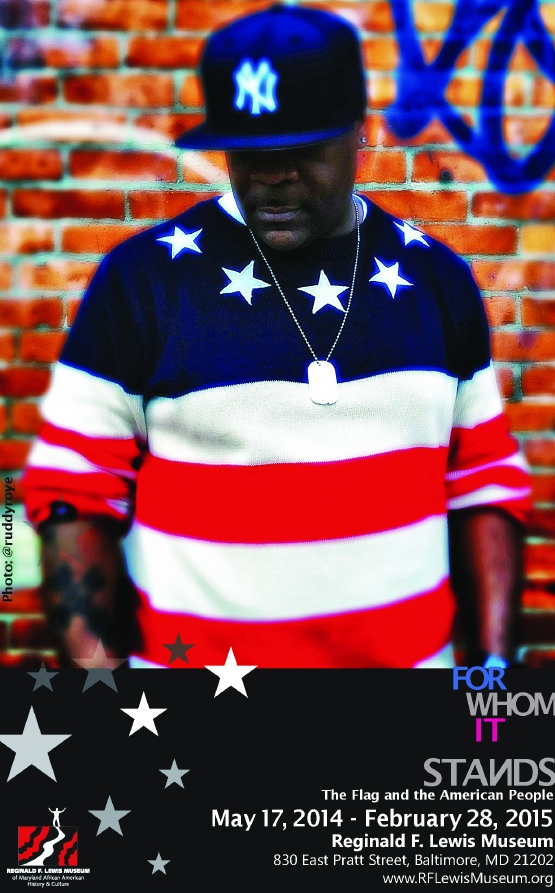

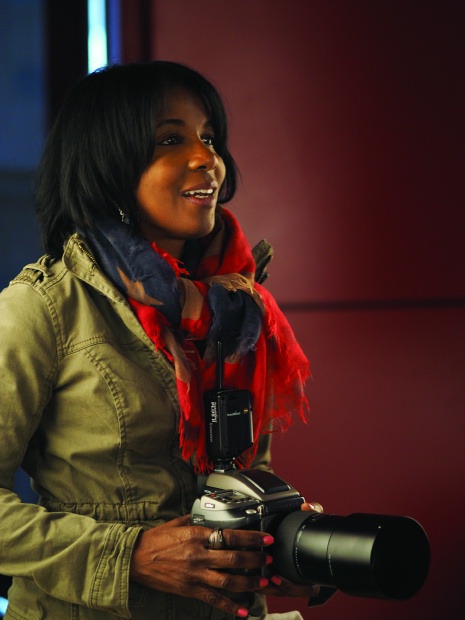

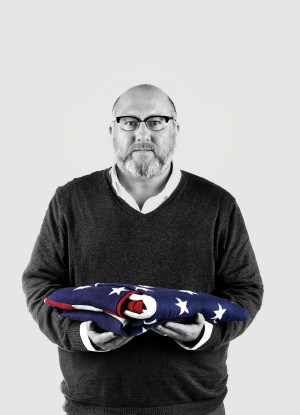
.jpg)

